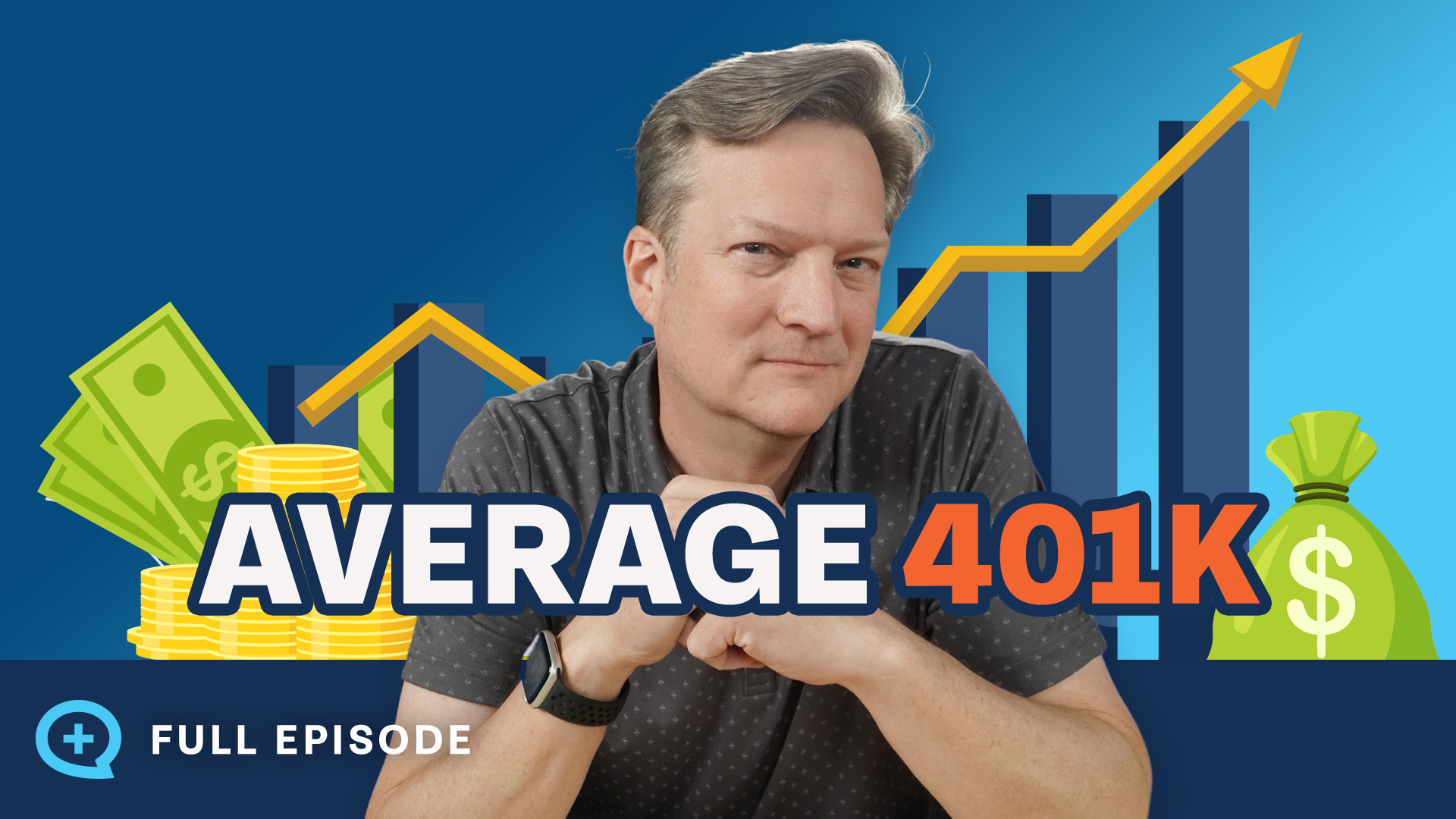Inflation is deeply personal. Your personal rate of inflation depends on where you live, work, and shop, how old you are (maybe you are in college, or are older and have a significant amount of medical expenses), and your consumer preferences. Quite often the Consumer Price Index, or CPI, the official measure of inflation used by the U.S. government, doesn’t accurately reflect our real-world experience with inflation. It’s no coincidence that CPI seems inaccurate. The index has been manipulated for political and economic gain. It’s important to know exactly how CPI works, why it is not a reliable indicator of inflation, and what that means for you and your money.
Why was CPI changed?
Traditionally, inflation was measured by the increase in a fixed basket of goods and services. The basket would include a haircut from your local barber, a Snickers bar, a new Ford F-150, etcetera; the goods and services included in the index were fixed, and if their price went up, so did the index. The fixed basket of goods and services is a constant level of satisfaction approach. There are plenty of cheaper substitutes for a Snickers bar, but none of them will give you the same satisfaction. You can always get a haircut from your spouse or a family member, but it certainly won’t give you the same level of satisfaction as a haircut from your local barber.
The way CPI is measured has changed gradually over time. In the 1990s, Congress moved to change the way CPI is calculated in order to reduce cost-of-living adjustments for payments to Social Security recipients and reduce the federal deficit. Cutting Social Security benefits is very unpopular among those receiving Social Security benefits, who coincidentally turn out to vote at the highest rate of any age group. Changing the way CPI is measured is a roundabout way to cut Social Security benefits; you can’t actually say you are cutting benefits because you’ll likely get voted out of office, but changing the way CPI is calculated, which just so happens to cause Social Security benefits to go up less and less each year, is perfectly fine.
Congress did not even directly vote to change the way CPI was calculated: all they had to do was create a commission to issue a report about whether CPI was too high. In response to the Boskin report, which found that CPI overstated inflation by about 1.1% per year, the U.S. Bureau of Labor Statistics (BLS) made several changes to CPI with the goal of “making it more accurate” (reducing it). To their credit it did take a little convincing for the BLS to implement the changes. Katherine Abraham, the Bureau of Labor Statistics commissioner at the time, remembers the Speaker of the House telling her that “if you could see your way clear to doing these things, we might have more money for BLS programs.” The changes were estimated to have reduced CPI by 0.98% annually.
What changes were implemented?
One of the major changes was implementing chain-weighted CPI, which sounds complicated but is actually really simple. Instead of a fixed basket of goods and services, CPI would change as consumer preferences change. Instead of measuring the cost of certain goods, CPI evolved to become a cost of living index (COLI). This sounds great, in theory: our tastes naturally change over time, and substituting similar goods and services into the index makes sense. In practice, though, it is a way to manipulate CPI and make it lower.
Substitution goods and services don’t have to be of the same or even a similar quality; before, if the price of steak went up, CPI went up. Now, if the price of steak goes way up and consumers switch to eating hamburgers or some other inferior meat substitute that is cheaper, CPI would remain unchanged as long as consumers are spending the same amount to “maintain a consistent standard of living.”
Consumer preferences have been changing towards more lower-priced goods; discount stores like Ross and TJ Maxx are surpassing more expensive department stores. Amazon has taken out a countless number of small businesses. Part of this shift can be explained purely by consumer preference. Amazon is really convenient, and discount stores often offer the same merchandise as department stores at lower prices. However, there’s also an affordability factor. Perhaps Amazon and other discount retailers would get less business if more consumers could afford to shop at small businesses and boutique retail stores. Another change the Bureau of Labor Statistics introduced was ongoing re-weighting of these discount retailers, which helps keep CPI low.
Other changes have even more brazenly reduced CPI, such as the move to geometric weighting that reduces the weighting of goods rising in price (and increases the weighting of goods falling in price). If goods and services are deemed to have “increased in quality,” which can be very subjective, they are adjusted lower to offset the higher quality. Consumers often have no choice but to pay for additional “features,” and certainly feel the inflation, but it doesn’t show up in official CPI data.†
Consumers care about how much they are paying for the goods and services they want and need. If goods increase in quality and price and consumers have no option but to pay for it, CPI should reflect that. If consumers are forced to switch to lower-cost alternatives, whether it be from steak to hamburger or from Macy’s to TJ Maxx, because their preferred choice has become more expensive, CPI data should reflect that. Goods rising in price should not have their weighting reduced simply because they are rising in price. The Consumer Price Index is not an accurate measure of the amount of inflation Americans experience, and purposely understates the real changes in price.
How can I protect myself?
Although CPI might not reflect the reality of inflation, this doesn’t mean your personal rate of inflation will be higher. If you are buying your first house and a used car this year, your personal rate of inflation might be really high. Or maybe you haven’t noticed inflation at all, because it either isn’t affecting you or is concealed by smaller packaging and lower quantities.
Regardless of how much inflation you personally experience, owning property and stocks has historically been a great way to protect your money from inflation. Home value and rents typically increase during periods of inflation, and the growth rate of stocks has exceeded inflation even during some very inflationary times. During the last period of double digit inflation in U.S. history, from 1979 to 1982, inflation was 9.93%. During the same period the S&P 500 annualized nearly 16%, though, for a real rate of return of around 6%.
Even if CPI were a perfectly accurate measure of inflation in the U.S. economy, it still likely wouldn’t accurately reflect how inflation is affecting your money. Pay attention to not just increases in price, but changes in packaging and quantity. Some companies even get really sneaky; bars of Dial soap maintain the same general size but become more concave over time. Pay attention to the price of goods per ounce or per unit to know how much prices are actually changing, and don’t be afraid to switch brands to find better deals.
†Goods and services are adjusted lower when deemed to have increased in quality to offset the higher prices, but the opposite is not true. One example is airline travel; the quality has declined, with legroom shrinking for years and seats becoming more narrow, but the price of flying has not been adjusted up in the CPI calculation to compensate for these changes.













